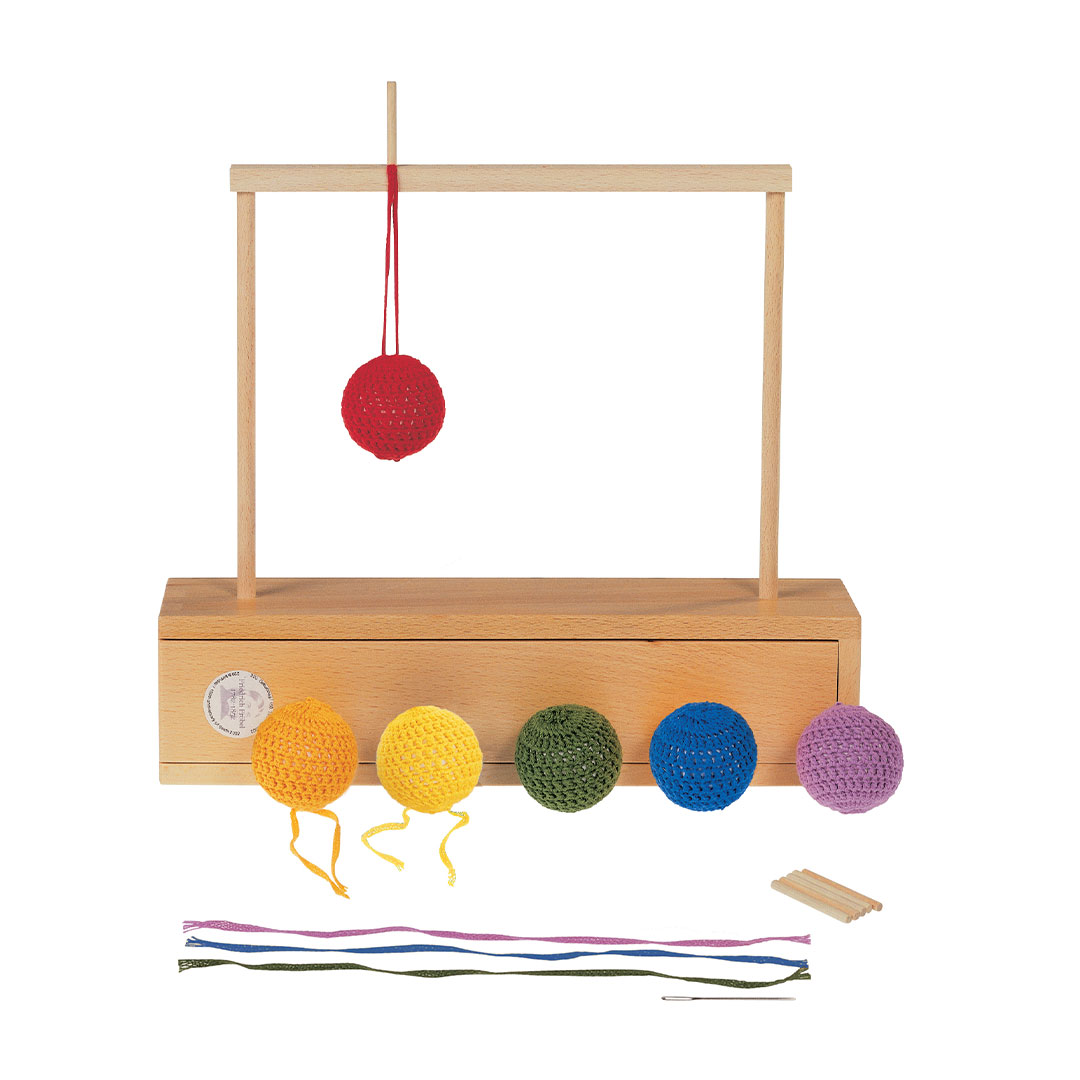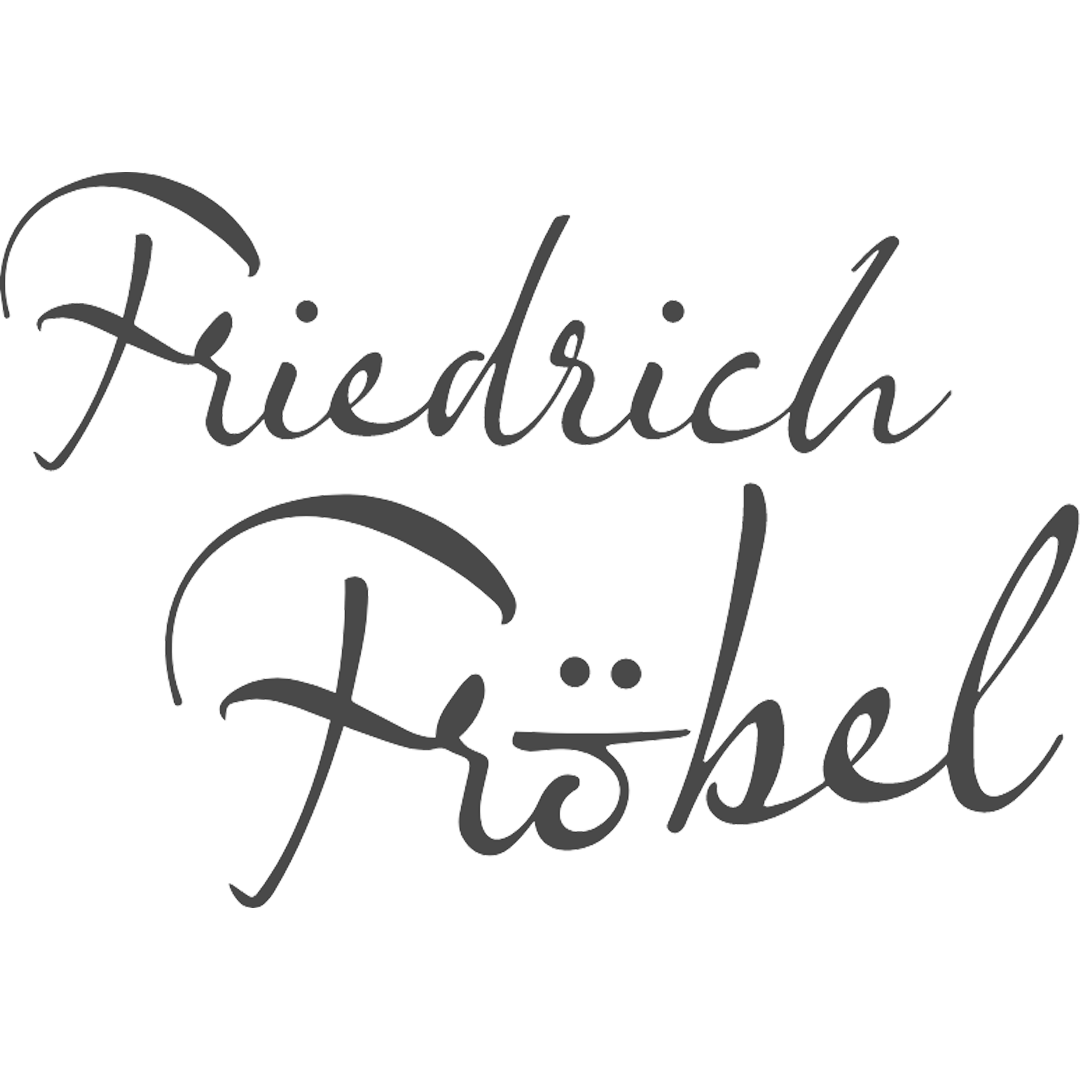
“Play, playing is the highest level of child development.“
In the year 1840 the educator Friedrich Wilhelm August Fröbel (1782-1852) founded the first kindergarten in Bad Blankenburg (Thuringia). He is still known as the “father of the kindergartens”.
His objective was to educate free thinking and independent human beings.
In his kindergartens children in the nursery-school age should, among other things, discover their environment while playing, should interact with this environment, and should develop while playing. Even at that time there were no borders between playing and learning.
As part of his entire work Fröbel has supported progress in nursery-school education as a teacher, kindergarten educator, founder and director of educational institutions, lecturer of kindergarten educators, and as an educational propagandist. He developed in Bad Blankenburg the world-famous gifts for playing and other means of playing and occupation, he became a publisher, and a producer of gifts for playing.
Until today Fröbel earns worldwide recognition for his educational concept and for his gifts for playing as for his occupational material.
Until today one can find almost worldwide in kindergartens, schools, and other institutions, even in families, educational playing material – in more or less ambitious or proficient versions -, which was developed out of Fröbel’s playing theory.
Fröbel as a guiding component of our company’s philosophy
SINA® cooperates with Fröbel educators to maintain the competence level, which the products deserve.
During production finish and exactness are controlled in the most careful manner. We increasingly care for easy to understand descriptions and instructions for our products.
“Fröbel’s gifts for playing and educational game material after Fröbel” thanks for help by Frau Dr. Lore Thier-Schroeter.
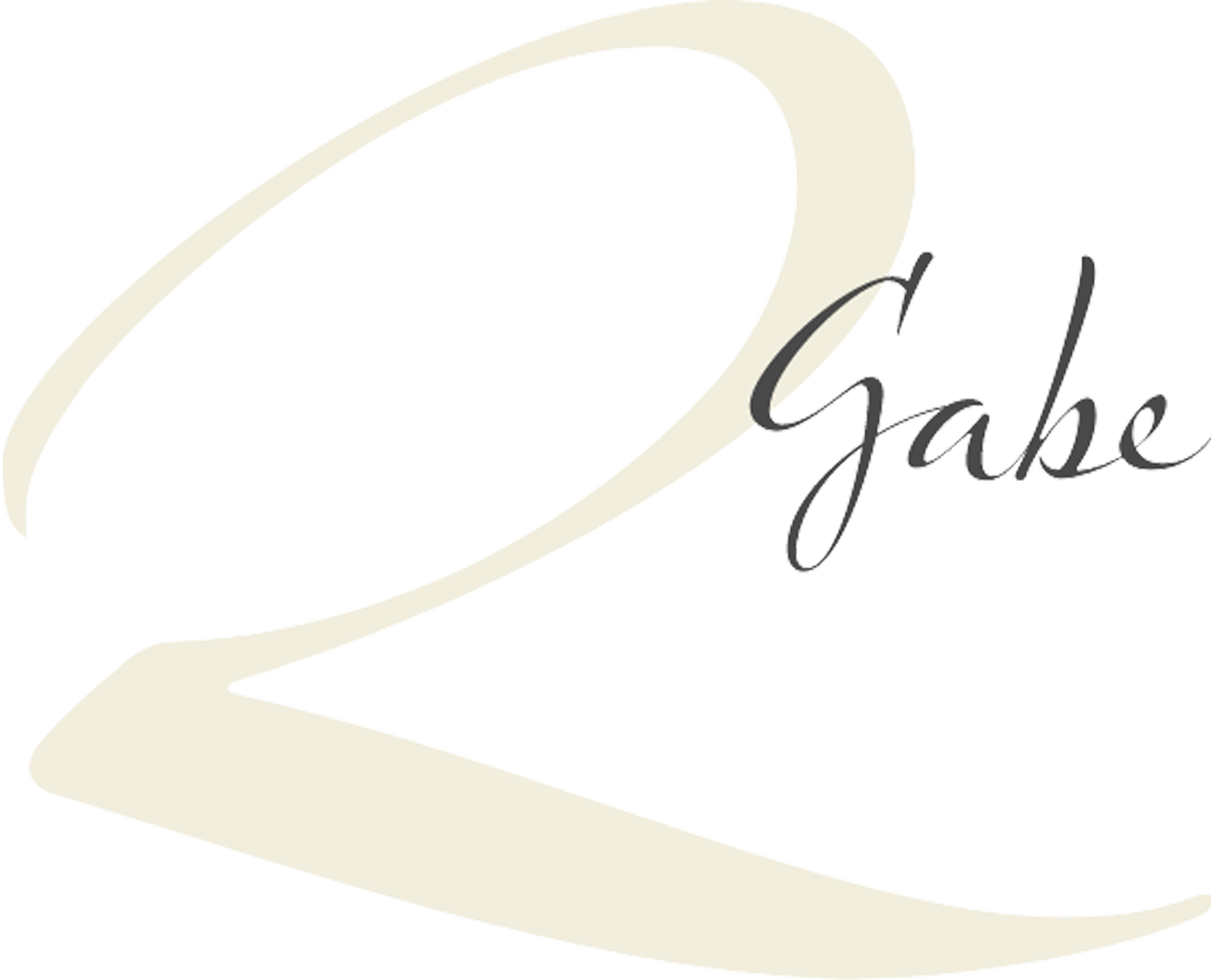
„The second gift were ball and cube with a smooth wood surface. According to Fröbel they stand at the same time for the opposite and for the identical. The child should tell them apart by the outer shape: a round, rolling body (ball) and a square, not moving body (cube). Later Fröbel added the roller to these elements, which combines functions of both bodies: the rolling of the ball, the firmness and stability of the cube. With this he expressed the thought of unity of life, which is fundamental to his philosophy and which can mainly be found in his theory of education.“
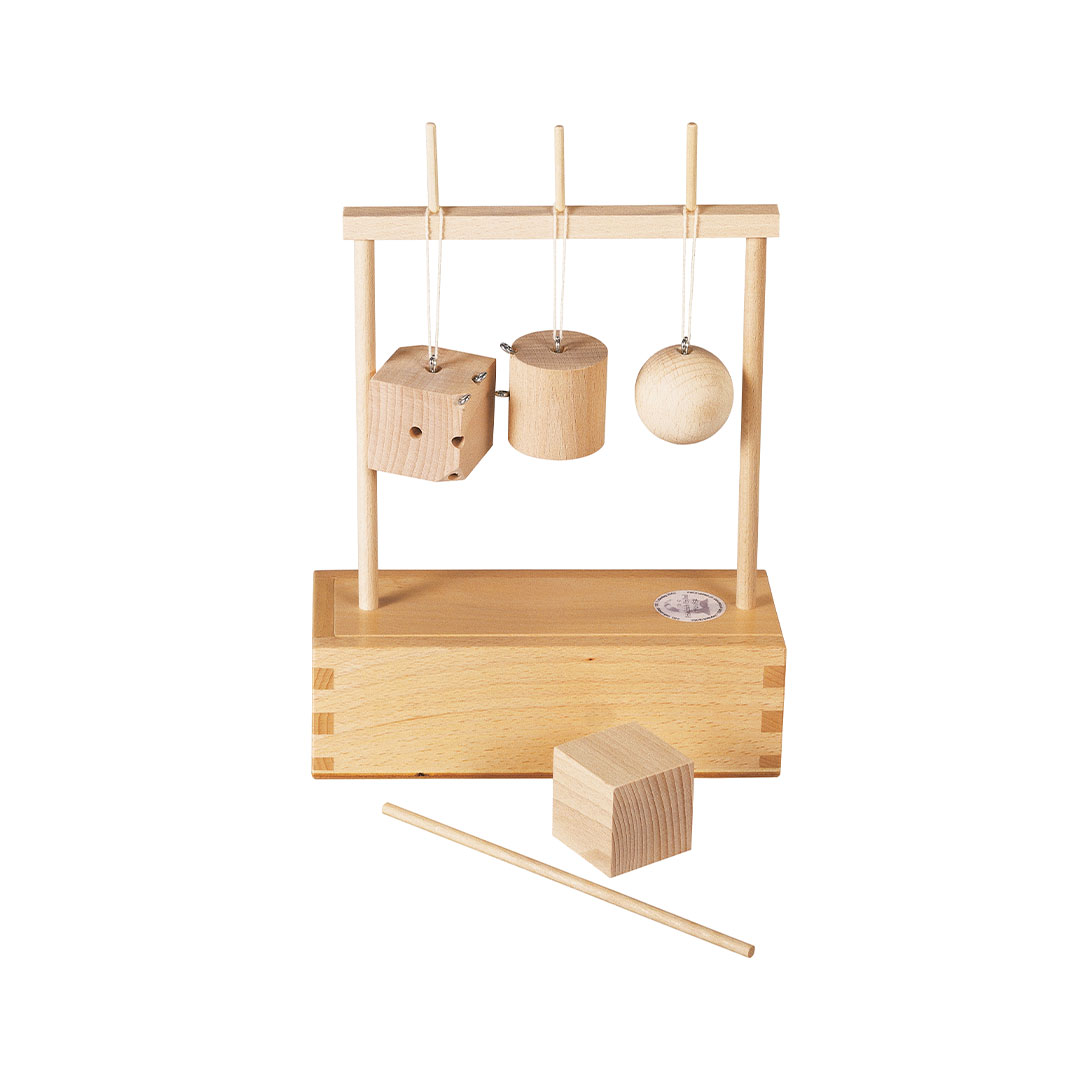
„The third gift consists of eight cubes. Fröbel divided a bigger cube by cuts. The “cube, which was divided once into all directions” – it was the third gift – was tested by him in an especially intense manner, in cooperation with the children from the kindergarten. It is indeed astonishing and for us today as instructive as it is inspiring, which richness in forms he developed out of this, and how he inspired the children to always new efforts of imagination.“
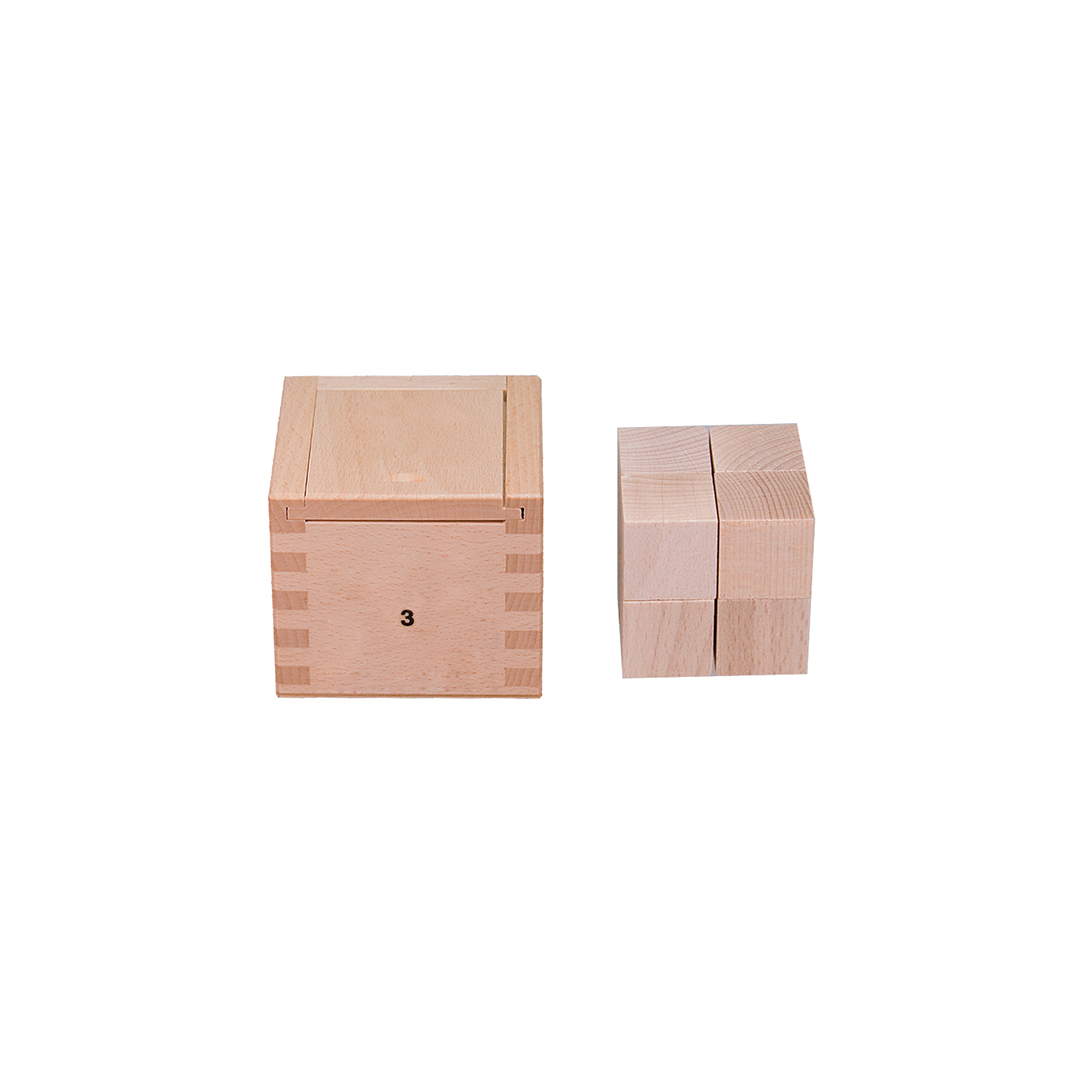
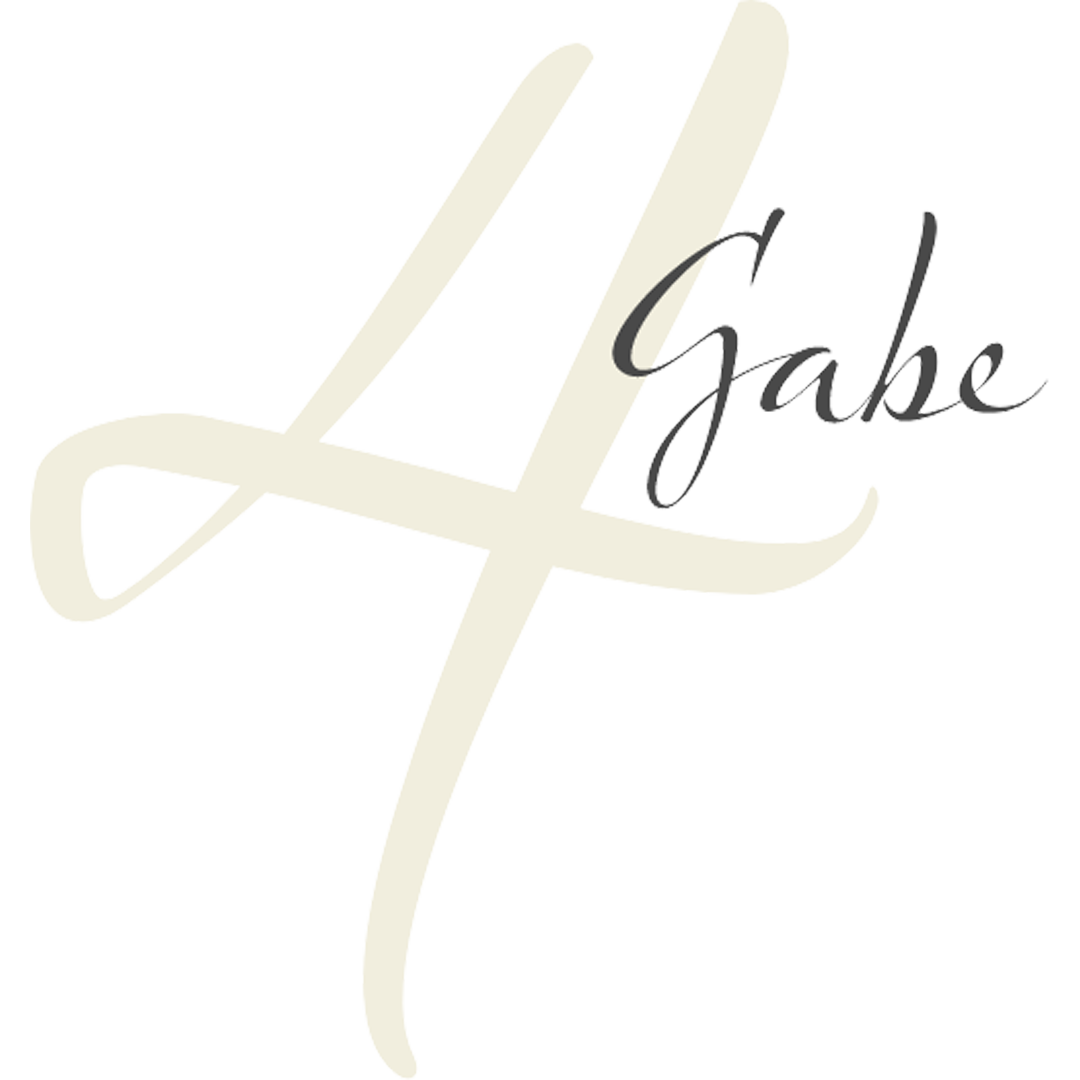
„The fourth gift consists of eight bricks, which are formed by four longitudinal cuts through the cube. These bricks were handled in the same way as the cubes of the third gift. The bricks are kept and put in order in a little box. This is a good way of keeping things in order and it is always easy to control if all bricks are united again. With this Fröbel was trying to show to the child how DIVERSITY CAN EVOLVE FROM UNITY and how DIVERSITY can be put in an order to reach UNITY once again. Through this he created a principle of a good order for boxes of bricks, which is valid up until today. This order gives the child always an overview over the material which is contained in the box and it also gives motivation to keep things in order. New variants evolve if both gifts (three and four) are combined with each other. This leads to further ways of shaping things, which motivate the child once again to new, enduring games.“

„The fifth gift was created by Fröbel as a modification of the third gift. The cube is divided into three layers, creating 27 cubes in smaller shapes. Three of them are further taken apart into another six prisms by diagonal cuts. Three additional cubes are divided through two diagonal cuts in overall twelve corresponding smaller prisms.
The “roof shapes” created by this, stimulate the building of miniature houses. By lining them up, duplex houses are created or a schoolhouse, the town hall or the community administration, the building of the fire brigade, and the church. It is obvious, that in this design the world of the ancient small Thuringian villages is replicated, the world in which the children lived, with whom Fröbel played.“

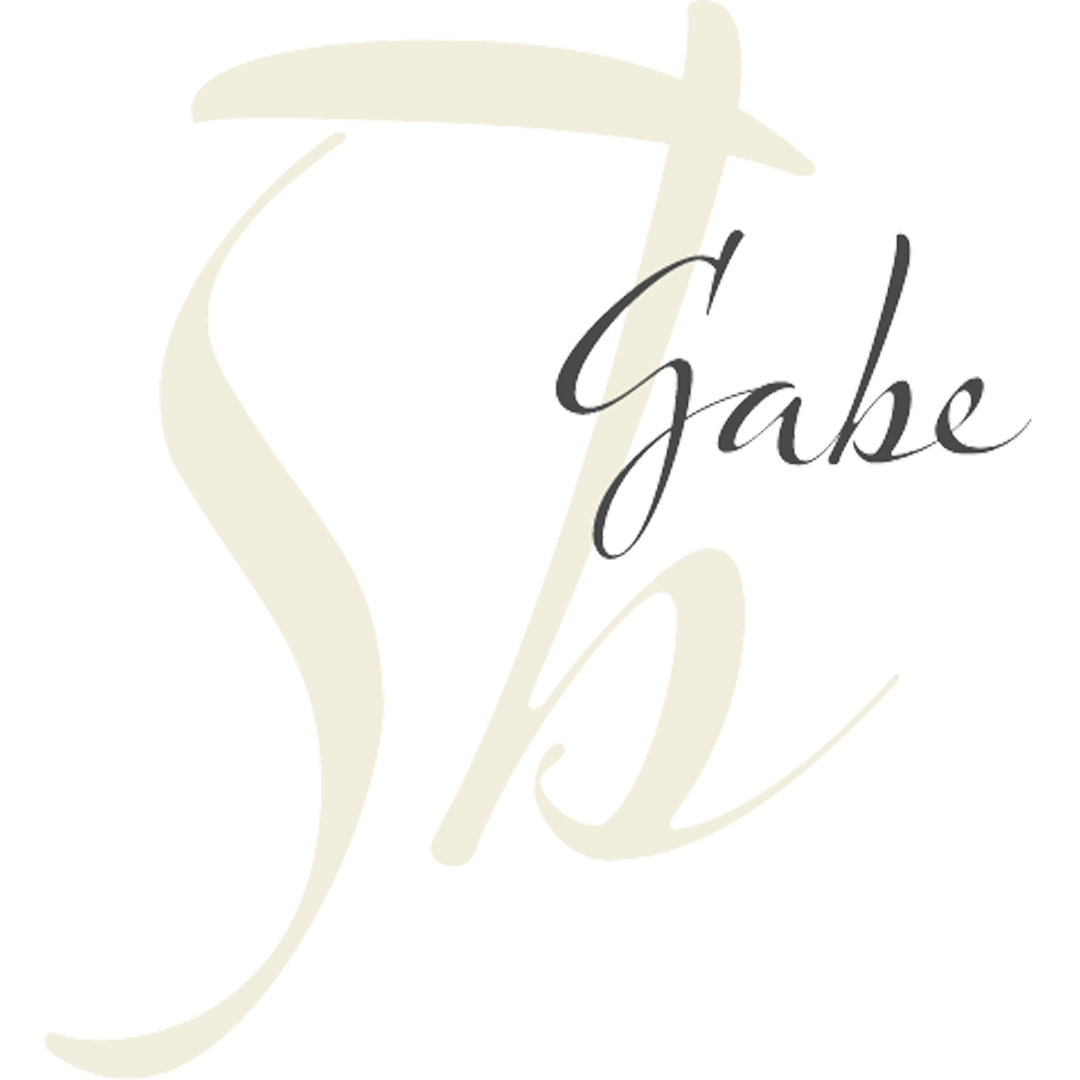
„The integration of the version after Goldammer, a modified version of Fröbel’s fifth gift with round elements, followed the spirit of that time, which asked for combining round shapes with a cubic gift.
The Goldammer box – Goldammer was a Fröbel expert and admirer – is an interesting construction kit for different uses. It cannot form an integrated unit of one body, which Fröbel’s gifts could.“
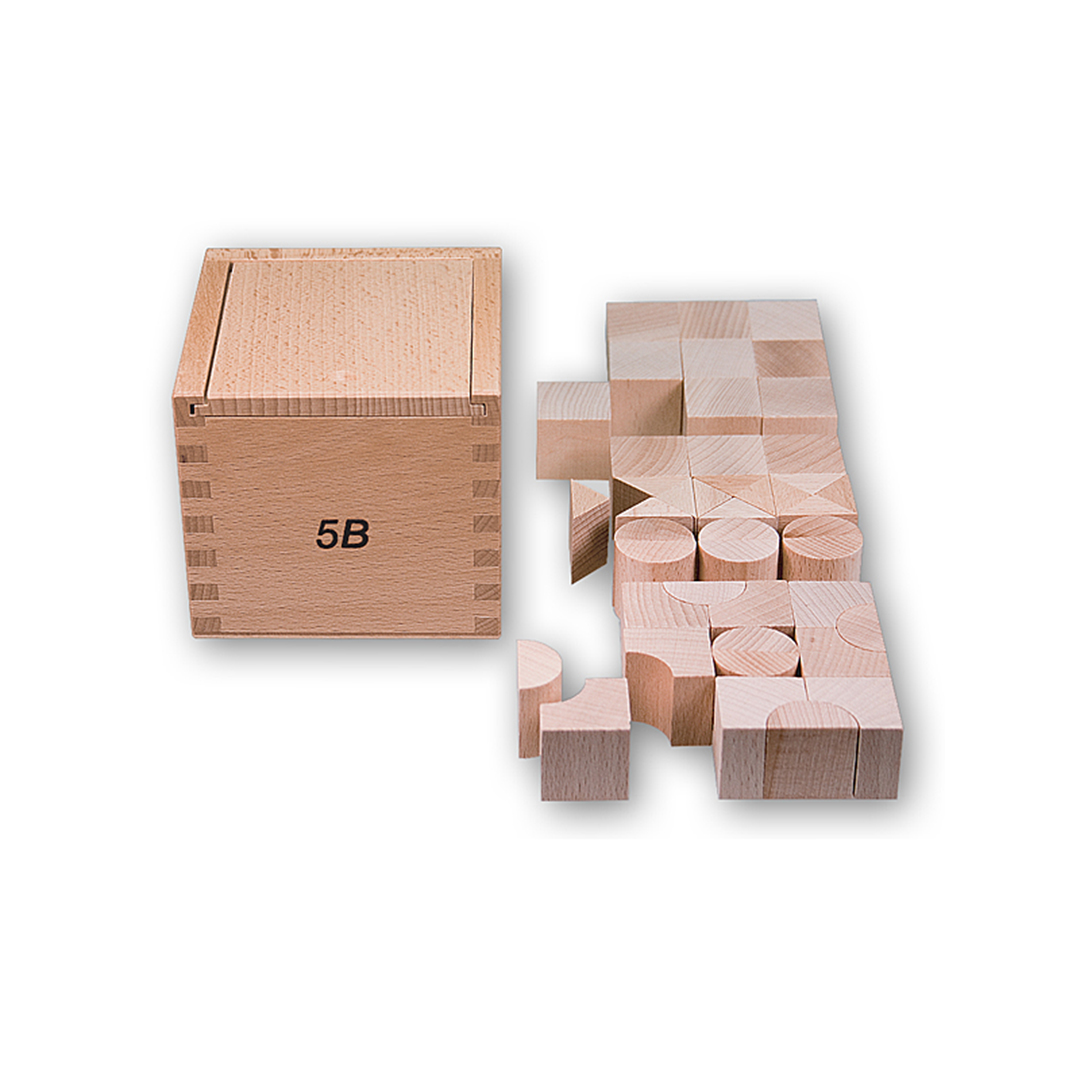

„The sixth gift contains 18 bricks as a base layer. Two additional layers consist of bricks divided at right angles and longitudinally, so that square blocks are formed in the shape of columns (longitudinal division) and half-stones (at right angles).
The sixth gift resembles in its basic shape (brick) the fourth gift. These construction elements are used in kindergartens mainly when brick-style buildings are formed. The half-stones are especially important for the straightening of wall openings.“
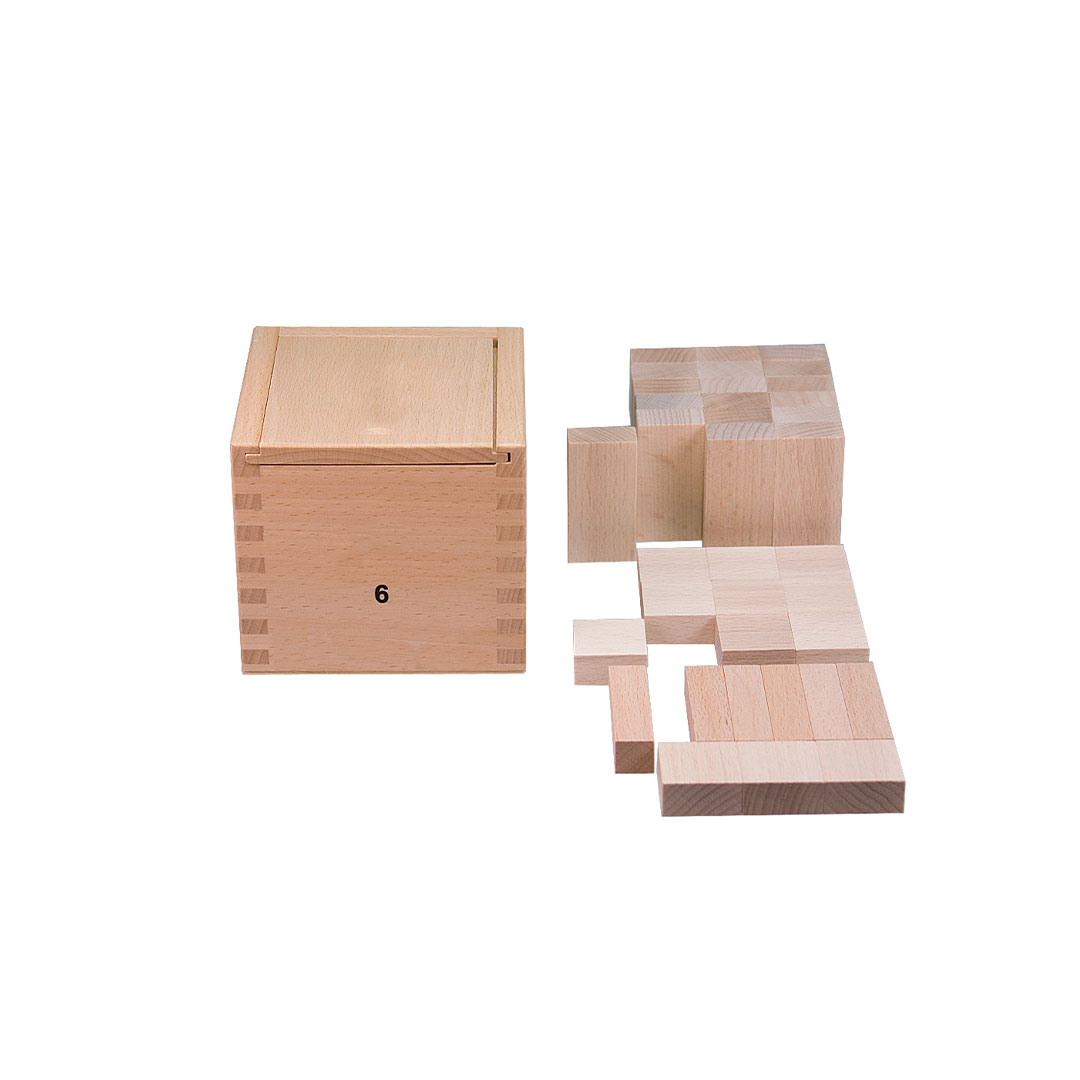
Lay material after Fröbel
„Friedrich Fröbel’s thoughts on game material suitable for children like ball-roller-cube and their divisions lead him to today’s lay material. Starting out from these bodies, which he gave in the hand of the little child for playing (that is why he calls them gifts for playing), he finally discovered also the beautiful clear shapes and surfaces of the previously mentioned three bodies as an independent game material, which he produced as a game of shapes and colors.“

